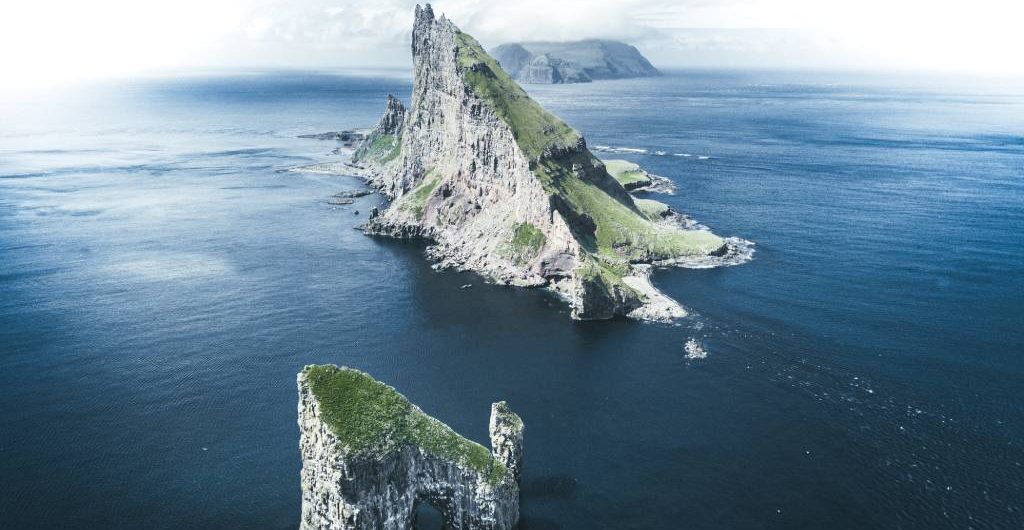
Nestled deep within the southern reaches of the Atlantic Ocean, Bouvet Island stands as a testament to nature’s unbridled beauty and stark isolation. This remote, uninhabited island, often referred to as the loneliest place on Earth, is a captivating destination for scientists and adventurers alike. In this article, we will delve into the captivating world of Bouvet Island, exploring its geography, history, scientific significance, and the challenges it presents to those who dare to visit.
Geographical Features
Bouvet Island’s landscape is marked by extremes, with towering cliffs rising dramatically from the frigid waters of the Southern Ocean. Its key geographical features include:
- Island Topography: Bouvet Island is a volcanic island, characterized by rugged terrain, steep cliffs, and rocky shores. The island is approximately 49 square kilometers in size, making it one of the most isolated landmasses on the planet.
- Harsh Climate: The island experiences a polar climate, with bitterly cold temperatures, frequent storms, and heavy precipitation. Its location in the “Furious Fifties,” an area notorious for strong winds, only adds to its inhospitable climate.
- Unique Flora and Fauna: Despite its challenging conditions, Bouvet Island is home to a small population of seals and seabirds. The island’s flora is limited to mosses and lichens, adapted to survive in this extreme environment.
History
Bouvet Island’s history is one of discovery and isolation
- Discovery and Early Exploration: The island was first spotted by French explorer Jean-Baptiste Charles Bouvet de Lozier in 1739. However, it remained largely unexplored until the 19th century.
- Ownership and Territorial Disputes: Bouvet Island’s sovereignty has been a subject of contention between Norway and various other countries, including the United Kingdom. In 1928, Norway officially annexed the island, a claim recognized by the international community.
- Notable Expeditions and Visits: Over the years, several expeditions have been undertaken to explore and study Bouvet Island. Notable visits include the 1927-1928 Norwegian expedition and the 1955 South African expedition.
Research and Scientific Significance

Bouvet Island is a valuable location for scientific research
- Geological Insights: The island’s volcanic nature provides scientists with a unique opportunity to study geological processes, including volcanic activity and glacial dynamics.
- Ecological Importance: The island’s isolation has led to the evolution of unique ecological systems, making it a crucial site for studying adaptation to extreme environments.
- Climate and Weather Research: Bouvet Island’s location in the Southern Ocean offers valuable insights into climate and weather patterns in this remote part of the world.
Human Presence
Human activity on Bouvet Island is extremely limited
- Challenges of Living and Working: Harsh weather conditions, isolation, and the lack of infrastructure make it exceptionally challenging for humans to inhabit or conduct extended research on the island.
- Impact on the Environment: Human presence, even in small numbers, can have a significant impact on the fragile ecosystems of the island. Conservation efforts are crucial to minimize these effects.
Future Prospects
Bouvet Island’s future holds potential for increased exploration and conservation
- Research Opportunities: As technology advances, there is growing potential for more extensive scientific research on the island, unlocking further insights into its geology, ecology, and climate.
- Conservation Initiatives: International cooperation is essential to protect Bouvet Island’s delicate ecosystems and preserve its unique natural heritage.
- Exploration and Adventure: The allure of the world’s most remote island continues to draw adventurers and explorers, fostering a sense of curiosity about this enigmatic place.